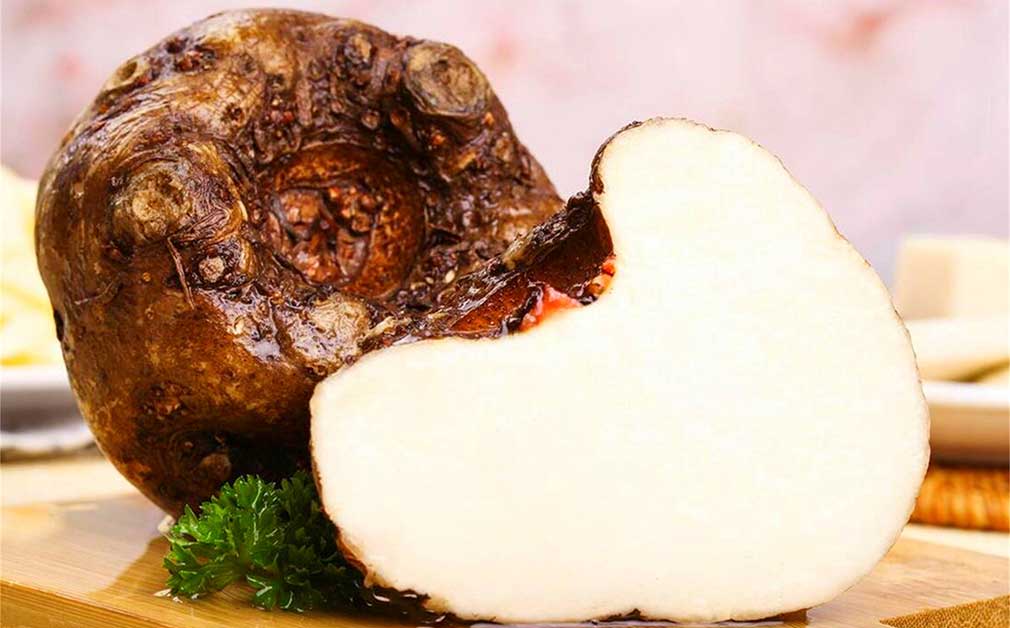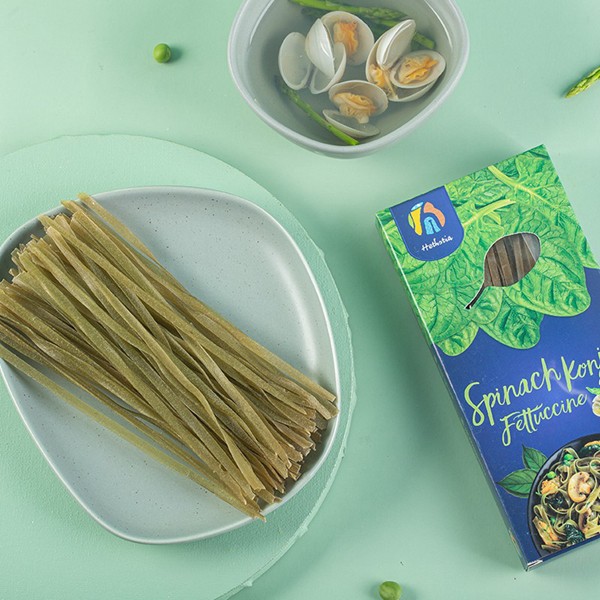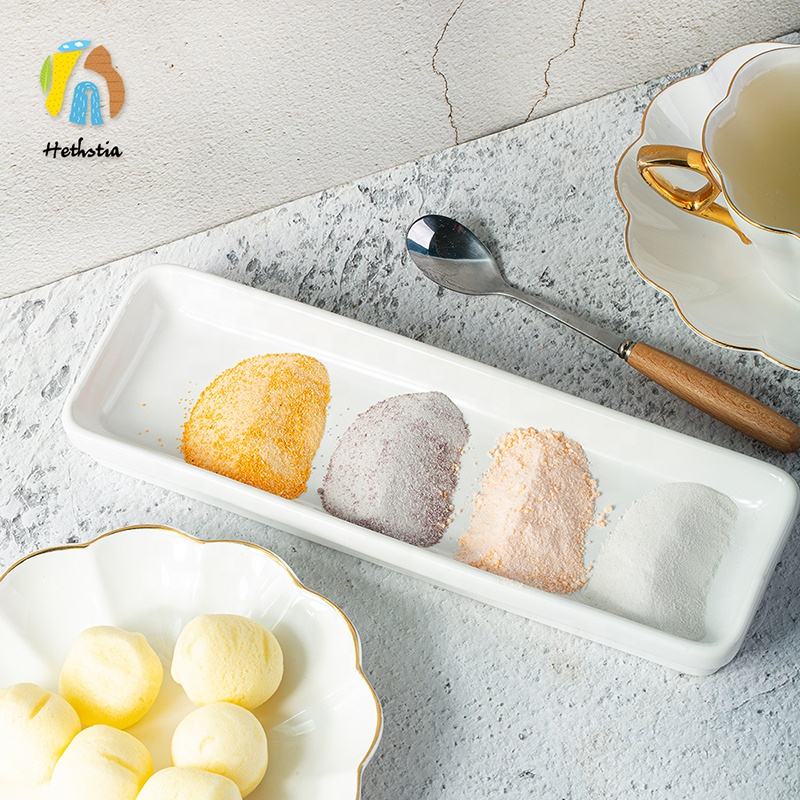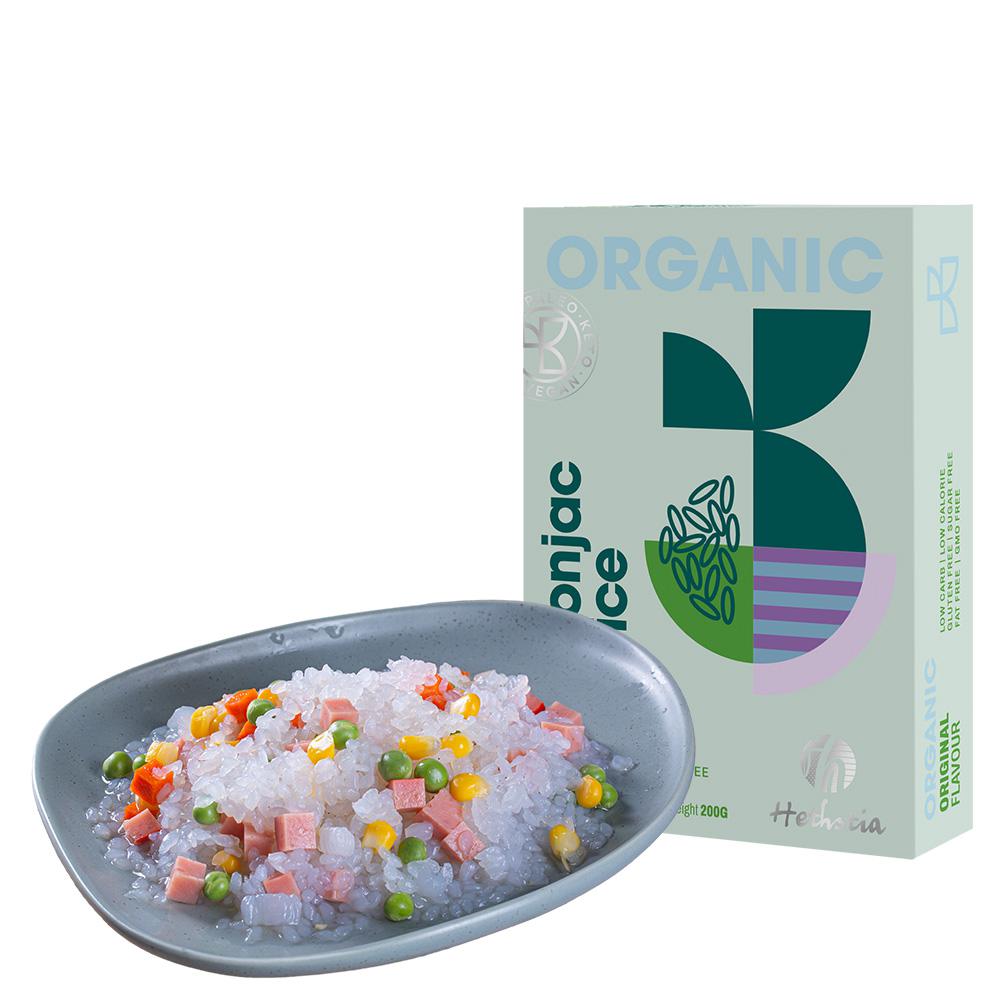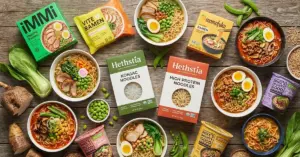Konnyaku flour, also known as konjac flour and konjac vermicelli, is a food product made from the tuber of konjac (Amorphophallus konjac) by crushing, washing, filtering, precipitating, drying in the sun, and grinding into powder.
Konnyaku is a cash crop and herbal plant, its stem is rich in a variety of beneficial ingredients, such as dietary fiber, vegetable gum, minerals, and so on.
In recent years, Konnyaku powder has gradually gained attention and popularity in the food industry and health food market due to its special efficacy and function.

Konjac flour efficacy and effect
1. Lower blood sugar and blood fat: Konnyaku flour is high in dietary fiber, the majority of which is insoluble and soluble. Soluble fiber can successfully lower blood sugar and fat levels while also aiding in the prevention and treatment of type 2 diabetes, coronary heart disease, and other chronic conditions.
2. Weight reduction and body shaping: Konnyaku flour is abundant in dietary fiber, which can improve satiety, decrease appetite, assist manage body weight, and reduce calorie consumption. Konjac flour also has the potential to absorb water, causing a gel-like material to develop in the stomach, delaying the gastrointestinal tract’s emptying time, and improving postprandial blood sugar stability.
3. Constipation relief: The insoluble fiber in Konnyaku flour can increase the number of bowel movements, enhance intestinal peristalsis, function as a laxative, and prevent and regulate constipation, all of which contribute to digestive tract health.
4. Konnyaku flour includes several anti-cancer compounds: including β-glucan, soy sterols, and purified acid. These chemicals can boost the immune system, suppress tumor cell proliferation, and have anti-cancer properties.
5. Antibacterial and anti-inflammatory: Polysaccharides and phenolic compounds in konjac flour have antibacterial and antimicrobial properties that can effectively limit the development and reproduction of dangerous bacteria in the digestive tract while also maintaining intestinal flora balance.
7. Konnyaku flour contains mucopolysaccharides: Ceramides, and other ingredients that protect the gastrointestinal tract’s mucosa, aid in the repair of damaged gastrointestinal tract mucosa, and the prevention and improvement of gastrointestinal ulcers and other diseases.

How to eat Konnyaku flour
1. Soak: Soak the Konnyaku flour in water for 2-3 hours until the powder completely absorbs water and expands, then boil it for 1-2 minutes and let it cool.
2. Fried food: Can be soaked konjac flour cut into segments or dice, and vegetables, meat, etc. together with fried, made into fried konjac, konjac fried meat, and other delicious dishes.
3. Soup: The soaked Konnyaku powder to join the chicken bone soup, pork rib soup, etc., slow cooking and boiling system for several hours, can be made into konjac pork rib soup and other nutritious soups.
4. Cold: Cut the soaked konjac powder into julienne and mix it with soy sauce, vinegar, peanut butter, sesame oil, and other seasonings to make konjac coleslaw.
5. Congee: Add Konjac flour to rice, red beans, peanuts, and other ingredients and cook into konjac porridge, which is both delicious and nutritious.
6. Making pasta: konjac flour can replace traditional flour, made into konjac noodles, konjac flour steamed buns, konjac tofu, and other pasta, enriching the food variety.
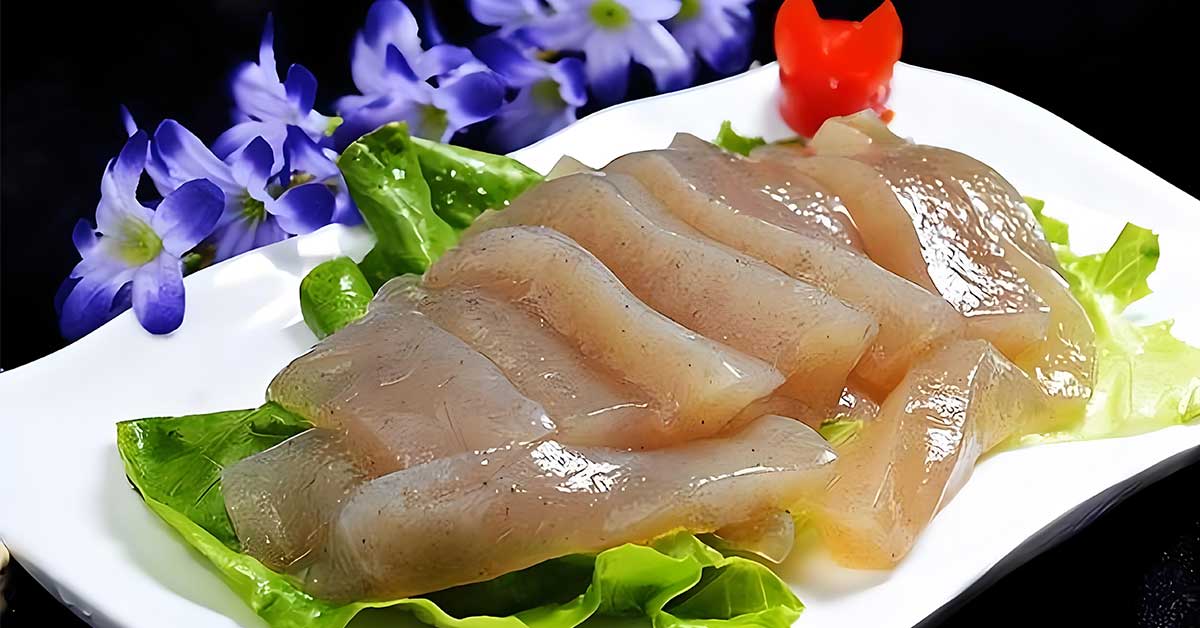
8. Make konjac jelly: Mix Konnyaku powder with water at a ratio of 1:50, heat over low heat, and stir constantly to avoid lumps, wait for it to boil and then pour it into a container to cool and solidify, it can be used as a low-calorie dessert, add diced fruits or fruit juices to enhance the flavor.
9. Add to drinks: Add a small amount of konjac powder to soy milk, milk, or juice to increase the consistency and nutritional value of the drink, suitable for breakfast or after a workout.
In addition to the above several common methods of consumption, Konnyaku flour can also be used to make konjac flour pastries, konjac flour dumplings, etc., according to personal preference and creativity for innovative combinations.
It should be noted that when consuming konjac flour, it should be eaten in moderation, too much may cause indigestion. At the same time, Konnyaku flour belongs to cold food, in cold weather or cold constitution should be eaten less, so as not to affect the health of the body.
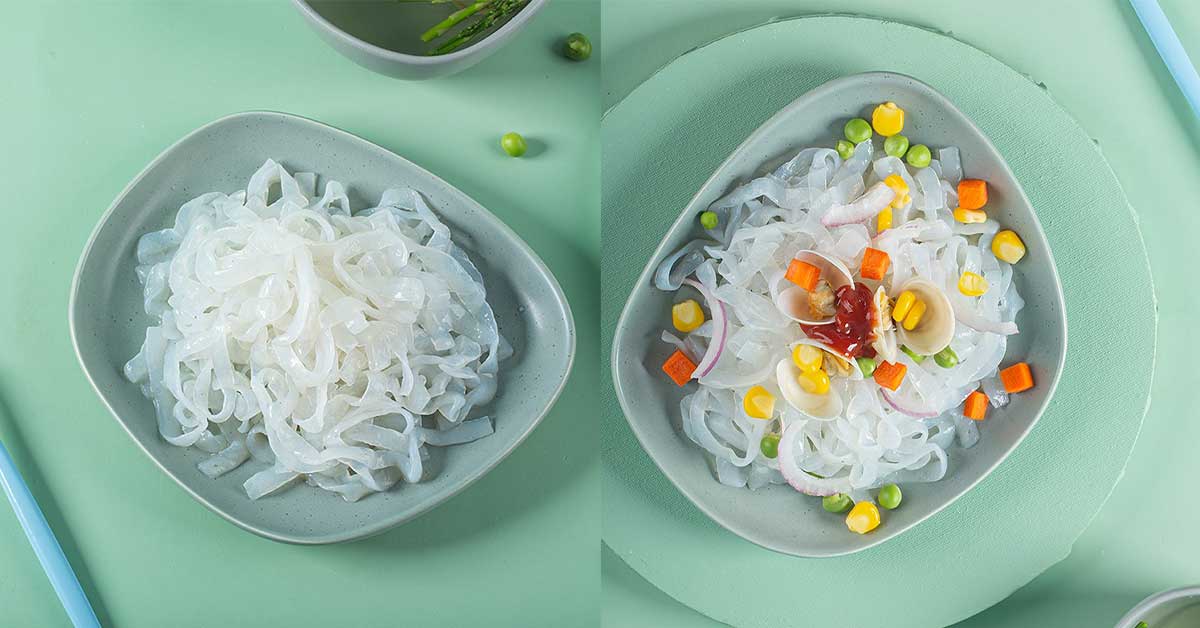
In summary
Konnyaku flour as an ingredient with unique properties has many benefits for improving human health, preventing diseases, and assisting in weight loss.
However, each person’s constitution and physical condition are different, so before consuming konjac flour should be careful to choose the amount and way that suits you.
At the same time, it is recommended to diversify and balance meals in the diet and focus on the cultivation of a healthy lifestyle to achieve better results.
FAQ
Can you lose weight eating Konnyaku?
Yes, you can lose weight by eating Konnyaku .
The main active ingredient of konjac food makes people not digest in the stomach after eating, can effectively adsorb cholesterol and bile acids, and can inhibit the intestinal absorption of cholesterol and bile acids.
It has the functions of lowering fat, lowering blood pressure, appetizer, laxative and anti-cancer.
At the same time, because it can not be digested and absorbed by people’s liquid absorption and hydrolysis of pancreatic amylase, it has a significant effect on the digestive tract, cardiovascular and cerebrovascular system diseases, hemorrhoids, weight loss, and skin care.
Is it bad to eat too much Konnyaku?
Konnyaku should not be consumed too much, because it is rich in dietary fiber.
Once too much to eat will increase the body’s sense of satiety, thus increasing the burden on the stomach and intestines, which is not conducive to digestion and absorption of the food, often accompanied by abdominal distension, indigestion, and other discomforts.
In general, the amount of konjac consumed at one time is not more than 50 grams.
What to do if you take too much Konnyaku flour at one time?
Drink plenty of water, and gently rub the abdomen.
If too much consumption of konjac flour, abdominal distension is more obvious, accompanied by pain, it is recommended to stop eating immediately and go to the nearest hospital for examination.
Later pay attention to a diet light, and eat more easy-to-digested food.
Can Konnyaku be eaten raw? Does konjac need to be cooked?
It is generally recommended to blanch and eat.
First of all, konjac is not suitable to eat raw, and easily causes food poisoning situation.
Generally speaking, supermarkets buy konjac are processed products, that production of konjac is easy to cook, but to avoid eating raw konjac, it is best to blanch konjac processing, not only reduce the chances of food poisoning but also harmful substances in the konjac have high-temperature sterilization, improve the safety of consumption.

